Mazda's Unique Approach to Better Fuel Economy

Automakers around the world are under intense pressure to cut the amount of fuel their vehicles consume and the byproducts expelled from tailpipes. True to form, Mazda is going its own way.
Instead of hybridizing its entire lineup or offering diesel engines across the board, this small Japanese carmaker is striving to optimize its range for each market served. And it seems to be working. The EPA has ranked Mazda as the most efficient automaker in the United States five years in a row, despite having no EVs or hybrids in its lineup.
“We are taking [the] approach of well-to-wheel, not just tailpipe emission,” said Masahiro Moro, the chairman and CEO of Mazda North American Operations. At least for the near-term, internal combustion is still the way to go for many markets around the world, provided you can make it as efficient as possible. “I think this is [a] much better way because [of] how each country generates electricity,” added Moro. While nuclear, solar and renewable sources certainly help, many places burn copious quantities of oil and coal to generate their power, which, obviously, in turn, produces large amounts of CO2.
“[The] internal-combustion engine, I think it is a foundation and I believe it is right for us. And then we step by step couple [it] with electrification devices,” said Moro. “That’s we call [a] building-block strategy,” and it’s the one Mazda is implementing today.
SEE ALSO: Is Mazda a Luxury Brand?
This approach means the automaker won’t offer the same powertrains in every global market. Europe has extremely challenging CO2 standards, so Moro said that’s where they’ll provide more electrified powertrains. But on this side of the Atlantic, “In [the] USA we have different requirements [in] different states. But overall, compared to Europe, it’s still milder,” so, at least for the time being, Mazda will focus on building more efficient internal-combustion engines.
“But in the future, even talking about the USA,” explained Moro, “Beyond 2025, I believe the market requires us to couple with a small mild hybrid or [a] bigger hybrid. And we are ready to do that.” Changes are in the works, even if the company is not ready to release anything just yet.
This electrification push could even include Mazda’s beloved sports car. Speaking through an interpreter, Masashi Nakayama, chief designer of the MX-5 Miata said, “Of course, Mazda wants to help support saving the planet… [so] we don’t limit the methods of how to reduce CO2 emissions.” But if they add electrification to the Miata, it cannot take away from the car’s legendary driving dynamics. Nakayama said “we want to have that alternative, of course, for the MX-5 as well,” though they are unwilling to make the vehicle any bigger or heavier by adding the required batteries and motors.
“X” Marks the Spot
Mazda developed a revolutionary new internal-combustion engine design called Skyactiv-X. Thanks to something the automaker calls spark-controlled compression ignition, it promises to deliver diesel-like fuel economy and reduced emissions, though curiously it’s not coming to the U.S., at least not right now.
Skyactiv-X is an ideal fit for North America, so not offering it here seems counterintuitive. But Moro said this is because they are carefully deploying it region by region “making sure all the quality is right to arrive at the USA.” He also noted that fuel quality and customer needs are different around the world, factors that play a role in the engine’s performance.
SEE ALSO: We Explain Mazda’s Fancy New Skyactiv-X Engine Tech in Layman’s Terms
Simply put, Moro said Mazda doesn’t have enough experience with Skyactiv-X to offer it across the board just yet, but it will come to the U.S. in the future as environmental regulations get tighter. For now, in terms of fuel efficiency, performance and responsiveness he added, “I think our Skyactiv generation-one engine is still leading the industry.”
The Delayed Diesel
Offering diesel as an under-hood option is an obvious way to improve a vehicle’s fuel economy, though the engine technology has not necessarily had great success in the U.S. and is currently under siege in Europe. Both regions have strict emissions standards that make oil-burning powerplants expensive.
ALSO SEE: The Simple Reason Why Mazda No Longer Benchmarks BMW
Mazda had planned to offer American motorists a diesel engine for years, but it’s been postponed numerous times. Moro said he’s a bit ashamed they keep delaying this introduction, but he did say “we are in the final phase” and that the world “will hear from me in [the] not-distant future about what we are doing for diesel engine.”
Historically, compression-ignition passenger cars have not been big sellers, but their advocates are fierce. “I know how they [drivers] are loyal to that engine,” said Moro. “We are happy if we are able to serve those customers still looking for their beloved diesel engine.”
To ensure its compression-ignition powerplants meet all government requirements, Mazda has been working in tandem with the California Air Resources Board (CARB). Moro said they want to be 100 percent in compliance with every regulatory obligation, so customers and their cars are protected.
In global markets, Mazda currently offers a range of diesel engines, including a 2.2-liter Skyactiv-D that delivers 181 horsepower in certain applications. This would be the most likely candidate for America.
A Rotary Revival?
The thing Mazda is probably most famous for is its Miata roadster, which has delighted drivers for three decades. What else is this automaker renowned for? Rotary engines.
SEE ALSO: Mazda6 Turbo Review – VIDEO
But does the high-winding Wankel have any future in Mazda’s lineup? “Technology-wise we have a team… working on both the environmental side as a generator and a power source side as well,” said Moro. “But we still don’t have a particular product plan yet.”
Rotary engines have a bevy of issues, from heavy emissions to low fuel economy to questionable longevity, so the sun has likely set on this propulsion technology in the automotive space. But Moro said “Mazda is a company that never give(s) up.” He said we may see a new rotary engine at an auto show in the future, or maybe not.
ALSO SEE: Where is Mazda From and Where are Mazdas Made?
Discuss this story on our Mazda CX-30 Forum

Born and raised in metro Detroit, Craig was steeped in mechanics from childhood. He feels as much at home with a wrench or welding gun in his hand as he does behind the wheel or in front of a camera. Putting his Bachelor's Degree in Journalism to good use, he's always pumping out videos, reviews, and features for AutoGuide.com. When the workday is over, he can be found out driving his fully restored 1936 Ford V8 sedan. Craig has covered the automotive industry full time for more than 10 years and is a member of the Automotive Press Association (APA) and Midwest Automotive Media Association (MAMA).
More by Craig Cole



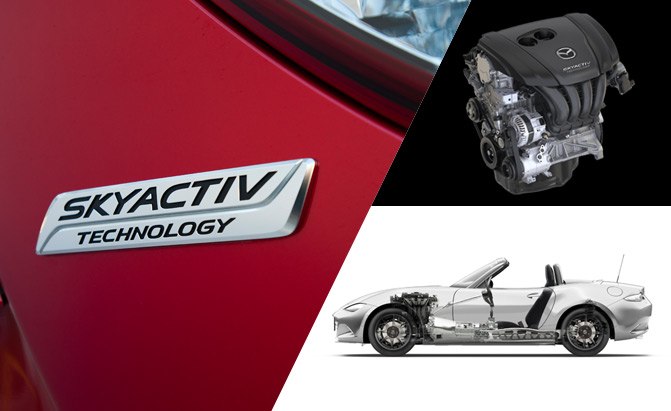



















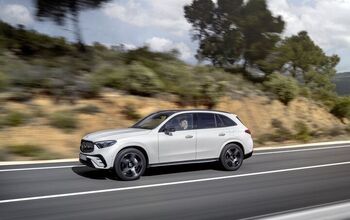

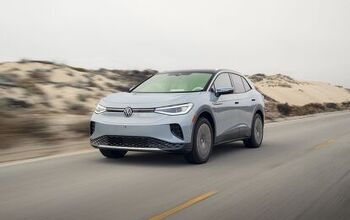

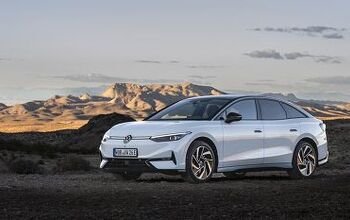


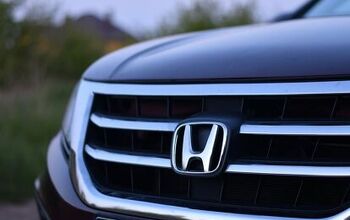

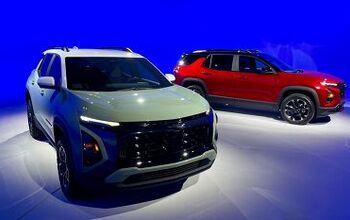
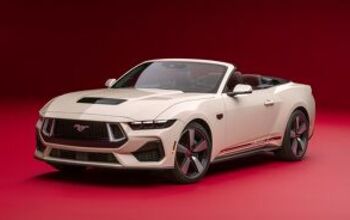


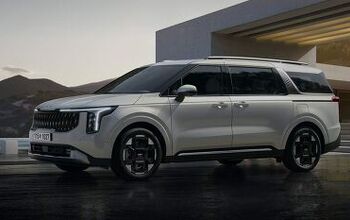
Comments
Join the conversation